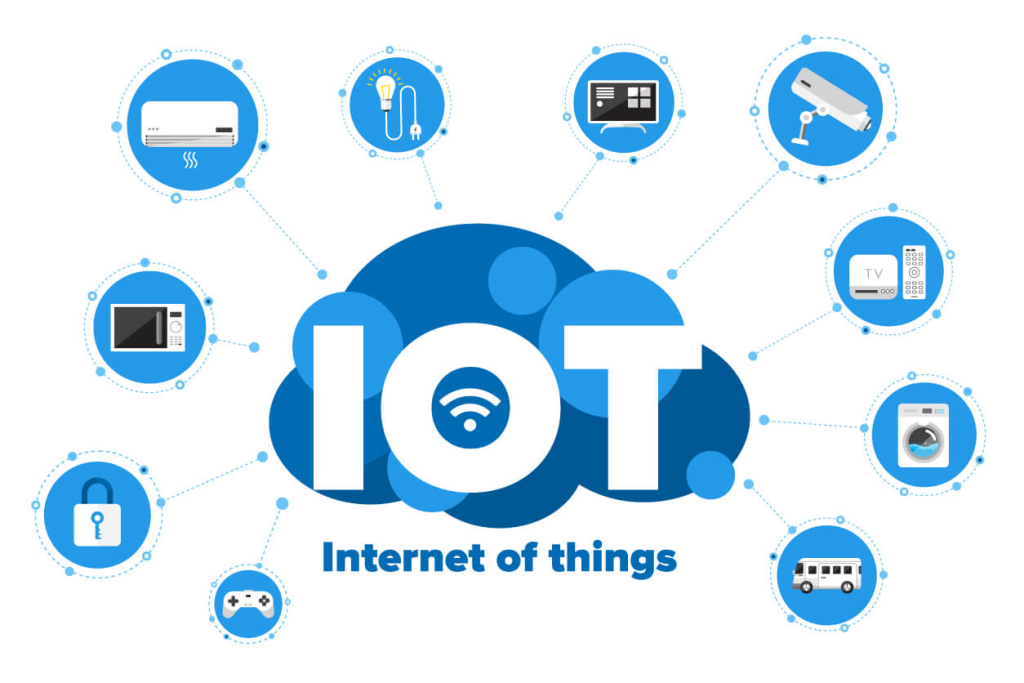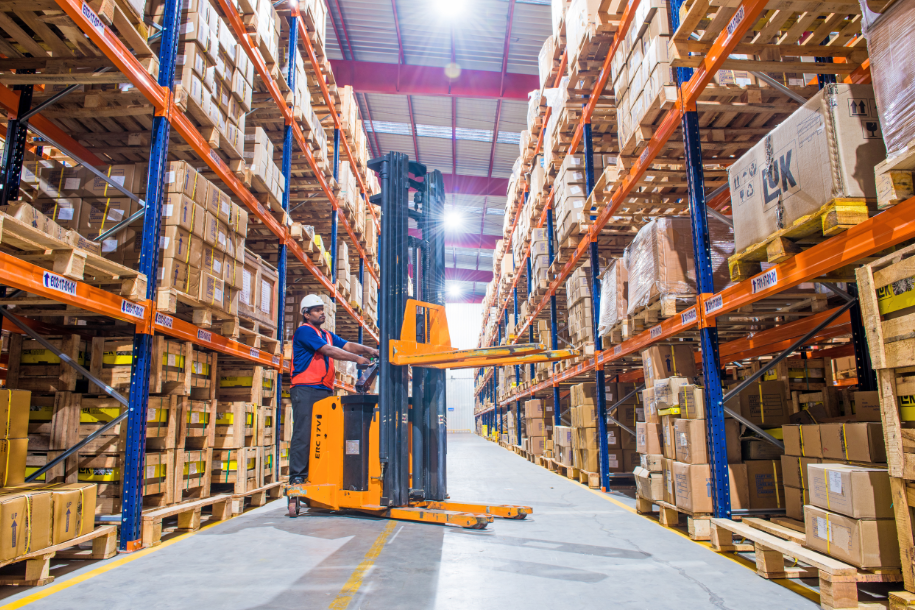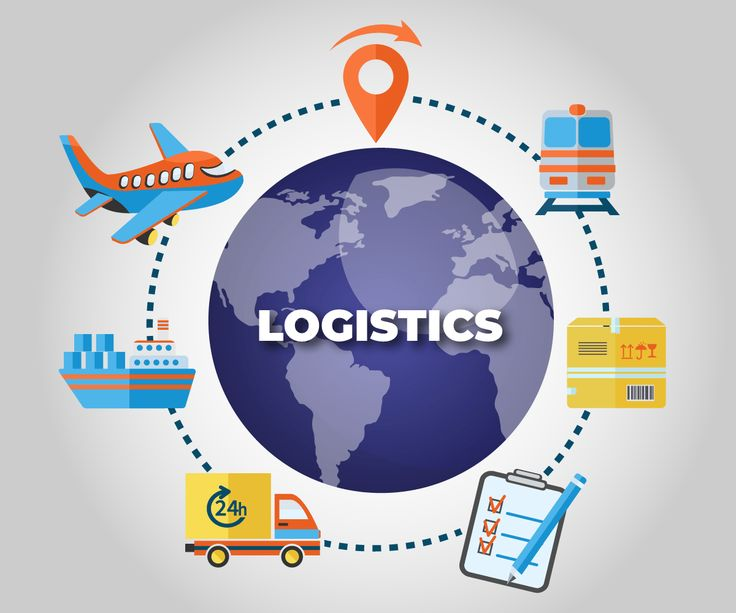How Modern Logistics Technologies Are Revolutionizing Inventory Management
Inventory management is a core part of supply chain operations. With global markets growing and customer expectations increasing, traditional manual or fragmented processes can no longer keep up. Modern logistics technologies are changing inventory management by helping businesses achieve greater accuracy, efficiency, and customer satisfaction.

1. The Challenges of Traditional Inventory Management
Traditional inventory management typically relies on manual tracking, periodic audits, and siloed systems that do not communicate in real-time. These approaches pose multiple challenges:
- Limited visibility: Warehouse managers often lack real-time data on stock levels, leading to stockouts or overstocking.
- Human error: Manual entry and counting are prone to inaccuracies, resulting in discrepancies that affect order fulfillment.
- Inefficient processes: Without integrated systems, companies face delays in decision-making and reduced operational agility.
Modern logistics technologies have emerged to overcome these limitations and give businesses a competitive edge.
2. Key Modern Logistics Technologies Transforming Inventory Management
2.1 Internet of Things (IoT)

IoT has introduced smart sensors and devices that provide real-time data on inventory levels, location, temperature, and even handling conditions. RFID tags and IoT sensors attached to products or storage racks automatically update inventory counts as items are moved or sold.
Benefits of IoT in inventory management:
- Real-time visibility: Managers can track inventory across multiple warehouses simultaneously.
- Automated replenishment: Integration with ERP systems allows automatic reordering when stock reaches predefined levels.
- Reduced human intervention: Minimizes manual data entry, reducing errors and labor costs.
2.2 Warehouse Management Systems (WMS)
Modern WMS platforms are cloud-based, integrated, and AI-driven. They enable centralized control of inventory, order picking, packing, shipping, and returns.
Advantages of WMS:
- Optimized storage: Algorithms analyze stock movement patterns to recommend ideal storage locations.
- Faster order fulfillment: Automated picking routes and real-time stock updates accelerate processing times.
- Improved accuracy: Barcode scanning and system-guided processes minimize picking and packing errors.
2.3 Robotics and Automation

Warehouse robotics, such as Automated Guided Vehicles (AGVs) and Autonomous Mobile Robots (AMRs), streamline material movement within warehouses. Robotic arms automate picking and packing, reducing human labor dependency.
Impact of robotics on inventory management:
- Increased throughput: Robots operate continuously with minimal downtime.
- Consistent performance: Eliminates variability in manual labor efficiency.
- Scalable operations: Easily adapt to peak season demands without hiring temporary staff.
2.4 Artificial Intelligence and Machine Learning
AI-powered demand forecasting tools analyze historical sales data, market trends, and seasonality to predict inventory needs accurately.
Benefits include:
- Optimized stock levels: Prevents overstocking and understocking by aligning inventory with real demand.
- Reduced holding costs: Better inventory planning minimizes excess storage.
- Data-driven decision making: AI insights support strategic purchasing and warehouse resource allocation.
2.5 Cloud-Based Logistics Platforms

Cloud-based logistics platforms integrate inventory management, order fulfillment, and shipment tracking in a single interface accessible from anywhere.
Key advantages:
- Centralized data: All inventory information is updated and accessible in real time.
- Improved collaboration: Suppliers, logistics partners, and internal teams can access shared data for better coordination.
- Scalability: Cloud solutions scale easily with business growth without significant IT investments.
3. Real-World Example: PostalParcel Logistics Platform
For instance, PostalParcel, a modern logistics platform, integrates inventory management with order fulfillment and shipment tracking. E-commerce sellers using PostalParcel can:
- View real-time stock levels across multiple warehouses.
- Automate order routing to the nearest fulfillment center for faster delivery.
- Receive AI-based stock replenishment suggestions to avoid running out of popular products.
This level of integration and automation enhances operational efficiency and customer satisfaction, allowing sellers to focus on marketing and growth rather than daily inventory challenges.
4. The Future of Inventory Management

As logistics technologies continue to advance, future trends will likely include:
- Advanced robotics can handle fragile, irregular, or perishable goods with precision.
- Blockchain integration for secure, transparent inventory tracking across supply chains.
- 5G-enabled IoT networks for instant data transmission without latency issues.
- Sustainable inventory strategies leverage data to reduce waste and optimize warehouse energy usage.
5. Conclusion
Modern logistics technologies are changing inventory management by removing old inefficiencies, improving accuracy, and providing real-time visibility across the supply chain. Companies that use IoT, AI, robotics, and integrated logistics platforms can manage their inventory better and stay ahead of competitors in today’s fast-paced market.
To stay relevant and profitable, businesses need to adopt these technologies wisely, align them with their goals, and train their teams to use data insights for smarter decisions.
Industry Insights
news via inbox
Nulla turp dis cursus. Integer liberos euismod pretium faucibua








